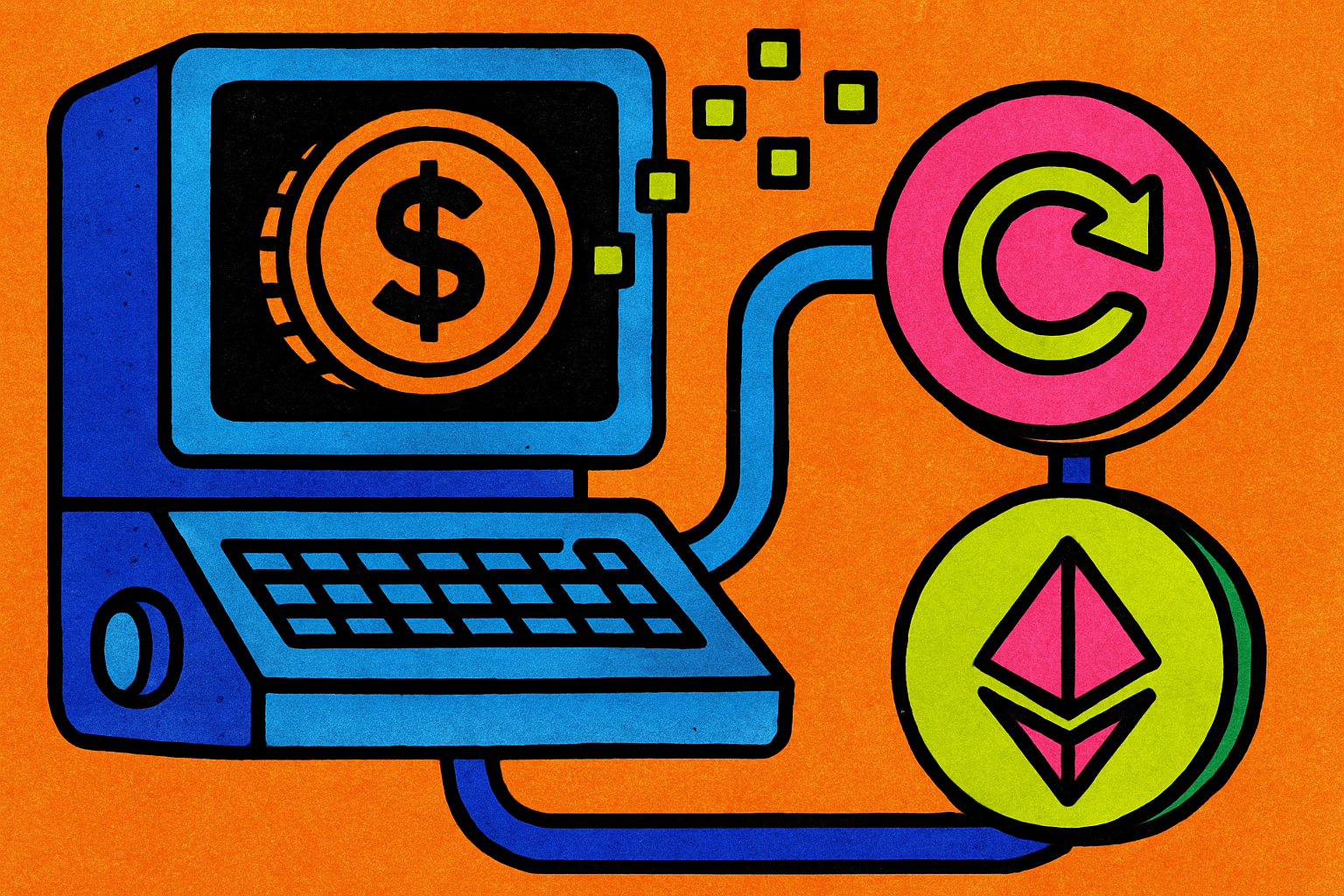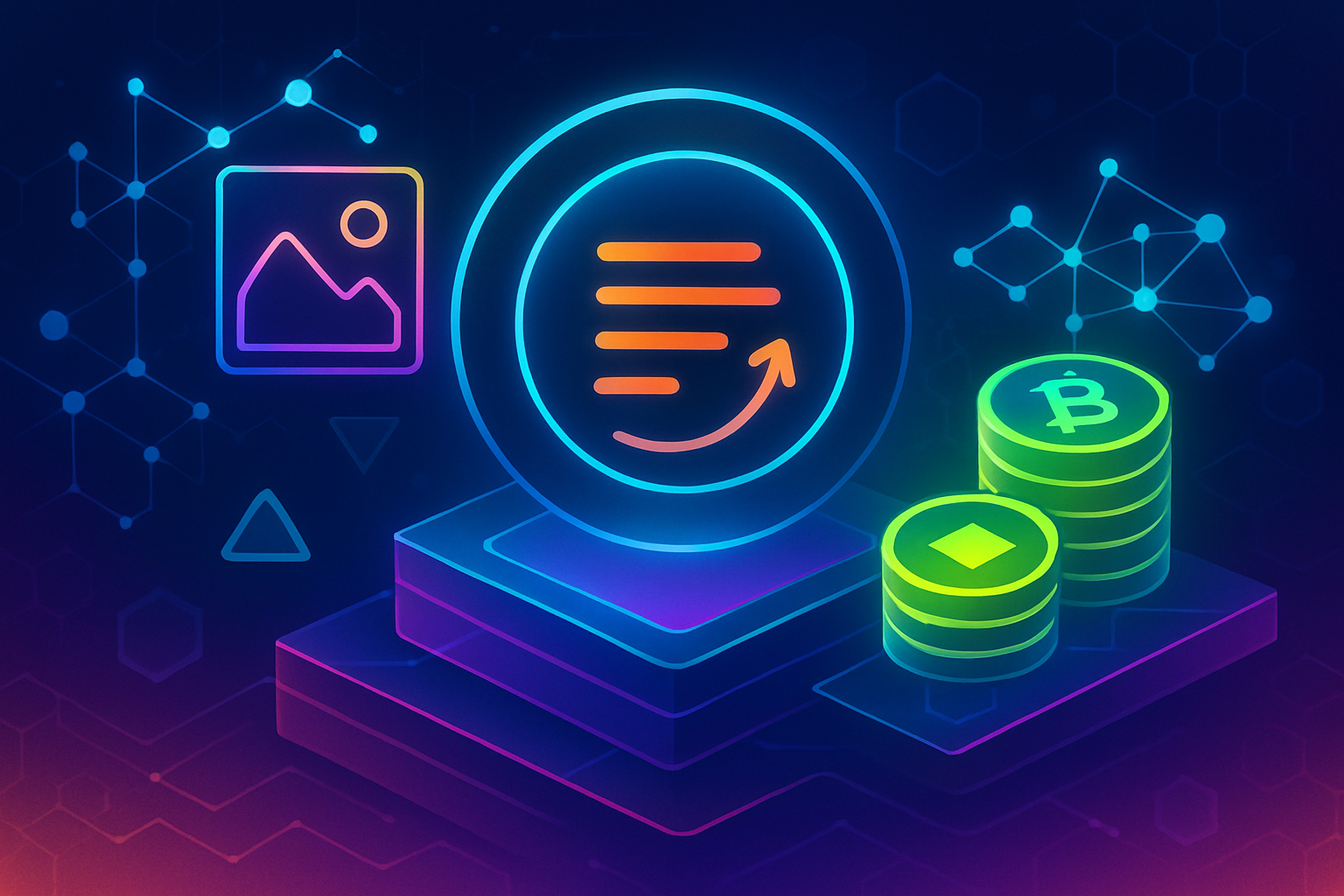
Decentralized finance continues to evolve, and with it, the opportunities for maximizing DeFi staking rewards are expanding. On-chain loyalty programs are reshaping how entrepreneurs and investors approach passive income in crypto, blending transparency, automation, and community engagement into the rewards process. But in a landscape flush with platforms and protocols, how can you ensure you’re not leaving value on the table?
![]()
1. Diversify Across Multiple On-Chain Loyalty Staking Platforms and Tokens
The first principle for boosting returns is diversification. By spreading your assets across several on-chain loyalty staking platforms and a mix of tokens, you reduce exposure to any single-point risk, be it smart contract vulnerabilities or shifts in platform-specific reward schedules. Diversification also means tapping into multiple reward structures. For example, one protocol may offer higher base APY while another provides lucrative bonus incentives for community participation or referrals.
This approach aligns with best practices highlighted by leading DeFi analysts: as more protocols introduce unique token incentives or gamified rewards, diversifying lets you capture upside across the ecosystem rather than being locked into the fate of a single project.
2. Utilize Tiered and Time-Locked Staking Pools for Enhanced Rewards
Many modern on-chain loyalty programs use tiered or time-locked staking pools. These mechanisms reward users who commit their assets for longer periods or who stake larger amounts. For entrepreneurs aiming to maximize returns, this means planning your capital allocation strategically: locking tokens in higher-tier pools can yield better rates or unlock exclusive bonuses such as governance rights or early access to new features.
This time-weighted approach not only increases your earning potential but also supports long-term engagement, a win-win for both users and projects seeking sustainable growth. To see how these strategies directly impact user retention and engagement, explore our insights on how on-chain loyalty staking boosts user retention in DeFi projects.
3. Leverage Referral and Community Engagement Programs for Bonus Incentives
The next layer of optimization involves participating in referral programs and active community engagement initiatives. Many on-chain loyalty platforms now offer dual-sided referral bonuses, rewarding both the referrer and the new participant with additional tokens or points that can be staked for further yield. Automated smart contracts ensure these rewards are distributed transparently without manual intervention.
This strategy not only enhances your own earning potential but also contributes to organic ecosystem growth, creating a positive feedback loop of participation, reward distribution, and increased protocol utility.
Building on these foundational strategies, let’s explore two more advanced approaches that can significantly elevate your DeFi staking rewards through on-chain loyalty programs.
4. Automate Reward Compounding to Maximize Passive Income
One of the most effective ways to maximize passive income in crypto is by automating the compounding of your staking rewards. Instead of manually claiming and restaking tokens, leverage platforms that offer auto-compounding features or integrate with DeFi automation tools. This allows your earned rewards to be continuously reinvested, harnessing the power of exponential growth over time without requiring constant oversight.
The benefits are clear: automated compounding reduces friction, eliminates missed opportunities due to human error or market timing, and ensures your assets are always working at peak efficiency. For entrepreneurs and investors aiming for sustainable wealth accumulation, this is a crucial step toward optimizing yield from both base staking and additional loyalty incentives.
5. Monitor Platform-Specific Reward Schedules and Adjust Strategies Accordingly
Reward structures in DeFi are dynamic. Platforms may adjust APYs, introduce new bonus periods, or launch limited-time campaigns that can dramatically impact returns. To stay ahead, it’s imperative to monitor platform-specific reward schedules and be ready to pivot your strategy as conditions evolve.
This means keeping an eye on protocol announcements, governance votes, and upcoming changes in tokenomics. Some entrepreneurs automate this process with alert tools or dashboards that track changes across their portfolio’s platforms. By remaining agile and informed, you can move assets into pools offering the best risk-adjusted returns at any given moment, an essential practice for those serious about maximizing DeFi staking rewards.
Comparison of Leading On-Chain Loyalty Staking Platforms (2025)
| Platform | APY Rate (%) | Compounding Options | Referral Bonuses | Lock-Up Period |
|---|---|---|---|---|
| EigenLayer | 6.5 – 12.0 | Auto/Manual | Yes (Tiered, On-Chain) | Flexible or 30–90 days |
| MetaMask Loyalty | 4.8 – 10.2 | Manual, with Auto via Integrations | Yes (Points-Based, Dual-Sided) | No lock (Flexible) |
| Stack Points Chain | 5.0 – 11.0 | Auto | Yes (Cross-Platform, NFT Perks) | 7–60 days |
| Odaily Staking | 6.0 – 13.0 (Time-Weighted) | Auto | Yes (Time-Locked Tiers) | 30–180 days |
| TokenMinds Gamified | 5.5 – 9.8 | Auto/Manual | Yes (NFT & Referral Bonuses) | Flexible or 60 days |
Together, these five strategies, diversification across platforms and tokens; utilizing tiered and time-locked pools; leveraging referral programs; automating compounding; and monitoring reward schedules, form a comprehensive toolkit for anyone seeking to thrive in the evolving landscape of on-chain loyalty staking.
For deeper insight into how these mechanisms drive user engagement and retention within DeFi projects, see our analysis on how on-chain loyalty staking boosts user engagement in DeFi projects.



